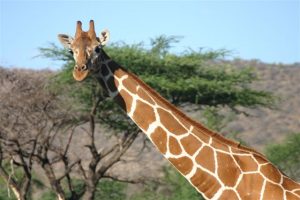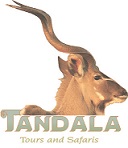 Ol Donyo Sabuk national park is a rugged, hump-backed outcrop of ancient rock jutting high above the Athi Plains and hazily visible from Nairobi, Ol Donyo Sabuk is a densely forested mountain known to the local Kikuyu as ‘The Mountain of the Buffalo’, and to the Maasai as ‘The Big Mountain’. Just one road leads to its summit, which offers magnificent 360′ panoramas over the Athi River, the pineapple fields of Thika and the snow-capped peaks of both Mount Kilimanjaro and Mount Kenya. Within easy reach of Nairobi, the lush vegetation and cool air of this compact and scenic National Park make for an ideal day trip or camping weekend.
Ol Donyo Sabuk national park is a rugged, hump-backed outcrop of ancient rock jutting high above the Athi Plains and hazily visible from Nairobi, Ol Donyo Sabuk is a densely forested mountain known to the local Kikuyu as ‘The Mountain of the Buffalo’, and to the Maasai as ‘The Big Mountain’. Just one road leads to its summit, which offers magnificent 360′ panoramas over the Athi River, the pineapple fields of Thika and the snow-capped peaks of both Mount Kilimanjaro and Mount Kenya. Within easy reach of Nairobi, the lush vegetation and cool air of this compact and scenic National Park make for an ideal day trip or camping weekend.
The Park is essentially comprised of the mountain’s slopes and ravines and is entirely forested except for a small area at the top. Within the halo of primal forest at the summit you may also find some of the giant plants more commonly associated with the Afro-alpine zones of Mount Kenya and Mount Elgon (particularly giant lobelia).
The Park’s one road leads directly to the summit (4WD required all year round), a flat open glade marked by a large survey beacon. The summit is the focus of the Park and offers breathtaking views, especially in December and January when the air is particularly clear.
Walking to the summit was long prohibited for security reasons, the 9 km walk from the main gate (where 2WD vehicles may be left) to the summit is now possible so long as you take an armed KWS ranger with you. The walk to the summit will take around 3 hours. KWS rangers must be booked through the warden and a small fee is payable for their services.
An unusual burial site 7 km along the road that leads to the summit lies the grave of Sir William Northrup McMillan, a wealthy American farmer. Here also rests his wife, her maid and the family dog. Born in St Louis, USA, Sir McMillan was nearly seven feet tall and reputedly so fat that he had to walk through most doors sideways (his First World War sword belt measured five feet four inches).
Activities
As its name would suggest, buffalo are the dominant animals in the Park (the saltlick below the summit often attracts them), bushbuck are also easily spotted. Leopard and porcupine are also in residence, but may prove more difficult to spot in the thick bush.
